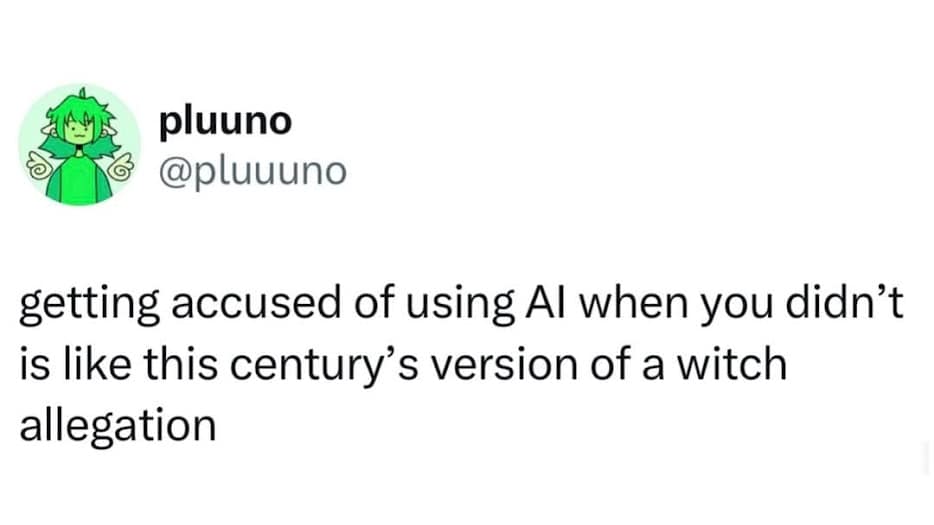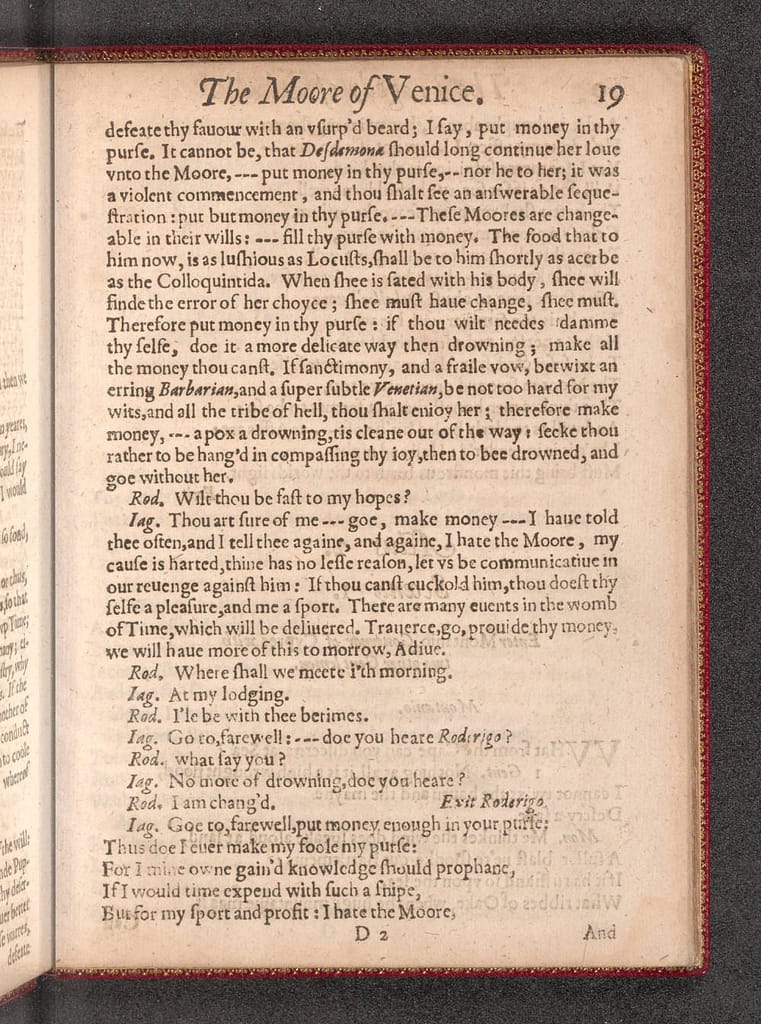Lately, I’ve noticed something strange happening in online discussions: the humble em dash (—) is getting side-eyed as a telltale sign that a text was written with a so-called “AI.” I prefer the more accurate term: LLM (Large Language Model), because “artificial intelligence” is a bit of a stretch — we’re really just dealing with very complicated statistics 🤖📊.

Now, I get it — people are on high alert, trying to spot generated content. But I’d like to take a moment to defend this elegant punctuation mark, because I use it often — and deliberately. Not because a machine told me to, but because it helps me think 🧠.
A Typographic Tool, Not a Trend 🖋️
The em dash has been around for a long time — longer than most people realize. The oldest printed examples I’ve found are in early 17th-century editions of Shakespeare’s plays, published by the printer Okes in the 1620s. That’s not just a random dash on a page — that’s four hundred years of literary service 📜. If Shakespeare’s typesetters were using em dashes before indoor plumbing was common, I think it’s safe to say they’re not a 21st-century LLM quirk.

A Dash for Thoughts 💭
In Dutch, the em dash is called a gedachtestreepje — literally, a thought dash. And honestly? I think that’s beautiful. It captures exactly what the em dash does: it opens a little mental window in your sentence. It lets you slip in a side note, a clarification, an emotion, or even a complete detour — just like a sudden thought that needs to be spoken before it disappears. For someone like me, who often thinks in tangents, it’s the perfect punctuation.
Why I Use the Em Dash (And Other Punctuation Marks)
I’m autistic, and that means a few things for how I write. I tend to overshare and infodump — not to dominate the conversation, but to make sure everything is clear. I don’t like ambiguity. I don’t want anyone to walk away confused. So I reach for whatever punctuation tools help me shape my thoughts as precisely as possible:
- Colons help me present information in a tidy list — like this one.
- Brackets let me add little clarifications (without disrupting the main sentence).
- And em dashes — ah, the em dash — they let me open a window mid-sentence to give you extra context, a bit of tone, or a change in pace.
They’re not random. They’re intentional. They reflect how my brain works — and how I try to bridge the gap between thoughts and words 🌉.
It’s Not Just a Line — It’s a Rhythm 🎵
There’s also something typographically beautiful about the em dash. It’s not a hyphen (-), and it’s not a middling en dash (–). It’s long and confident. It creates space for your eyes and your thoughts. Used well, it gives writing a rhythm that mimics natural speech, especially the kind of speech where someone is passionate about a topic and wants to take you on a detour — just for a moment — before coming back to the main road 🛤️.
I’m that someone.
Don’t Let the Bots Scare You
Yes, LLMs tend to use em dashes. So do thoughtful human beings. Let’s not throw centuries of stylistic nuance out the window because a few bots learned how to mimic good writing. Instead of scanning for suspicious punctuation, maybe we should pay more attention to what’s being said — and how intentionally 💬.
So if you see an em dash in my writing, don’t assume it came from a machine. It came from me — my mind, my style, my history with language. And I’m not going to stop using it just because an algorithm picked up the habit 💛.
Friendly greetings Amadee and THANKS for your autistic Dutch perspective! I appreciate your voice and linked to you from my 💖 EM DASH LOVERS compilation! https://torley.substack.com/p/–
Also, some mistakenly point to emoji as a “tell” but I like how you do yours… please tell me more about your emoji usage, is it to visually punctuate sentences?
Thank you for your kind words!
Indeed, I use emojis as visual punctuation, or actually as a visual summary of the thought I want to express.
I often use Emojipedia to find the right emoji. 🔍
–> That’s https://emojipedia.org/magnifying-glass-tilted-left
Don’t worry about it. First time commenters have to go through approval first, this is to reduce comment spam.
And just a minor detail: I’m not Dutch but Belgian.
I live in the northern, Dutch-speaking part of the country, Flanders.
The official name of my language is Dutch, but to differentiate from the variety of our northern neighbours in the Nederlands, the word Flemish is often used to describe my language.
I left a comment but it disappeared, let me know if you get this! 😊